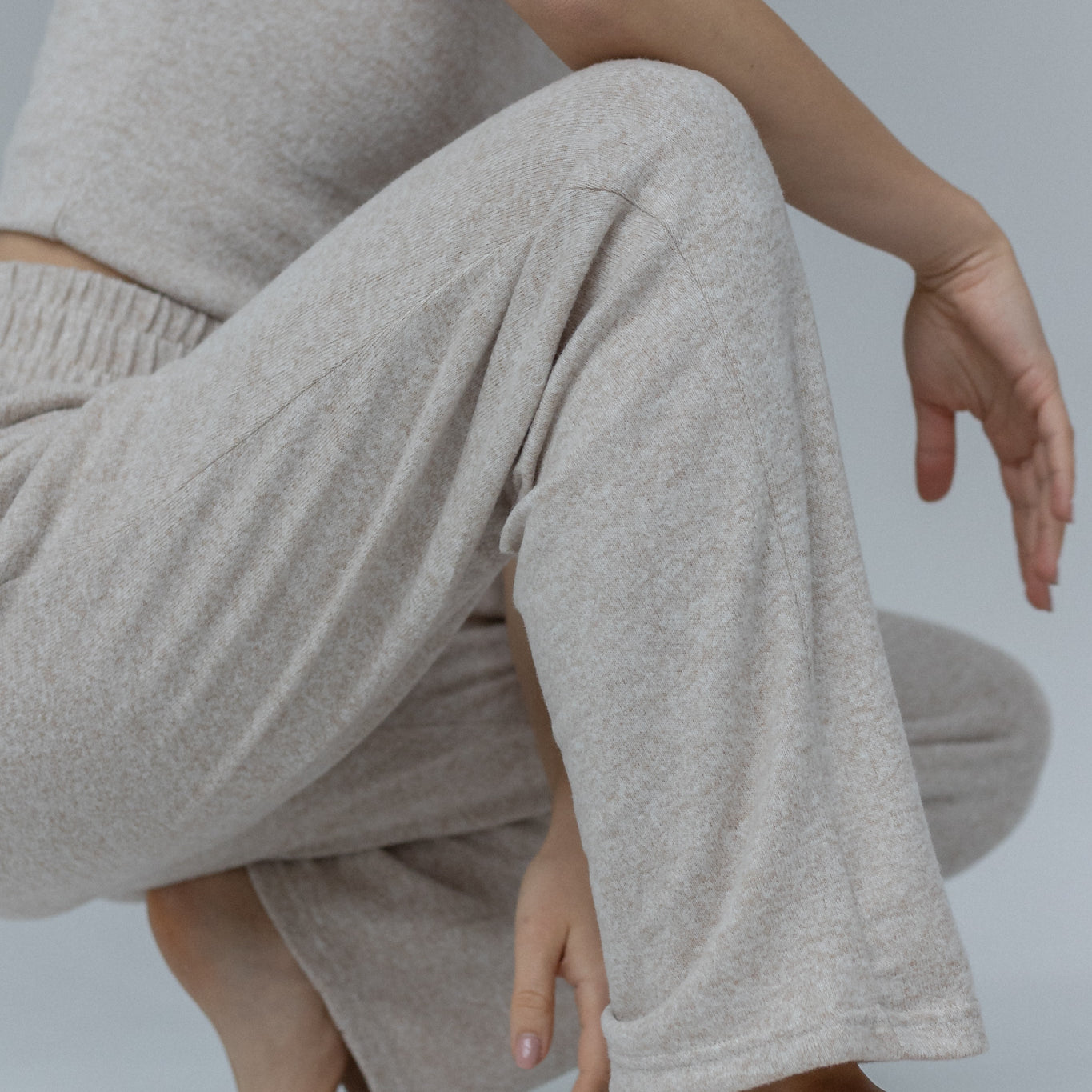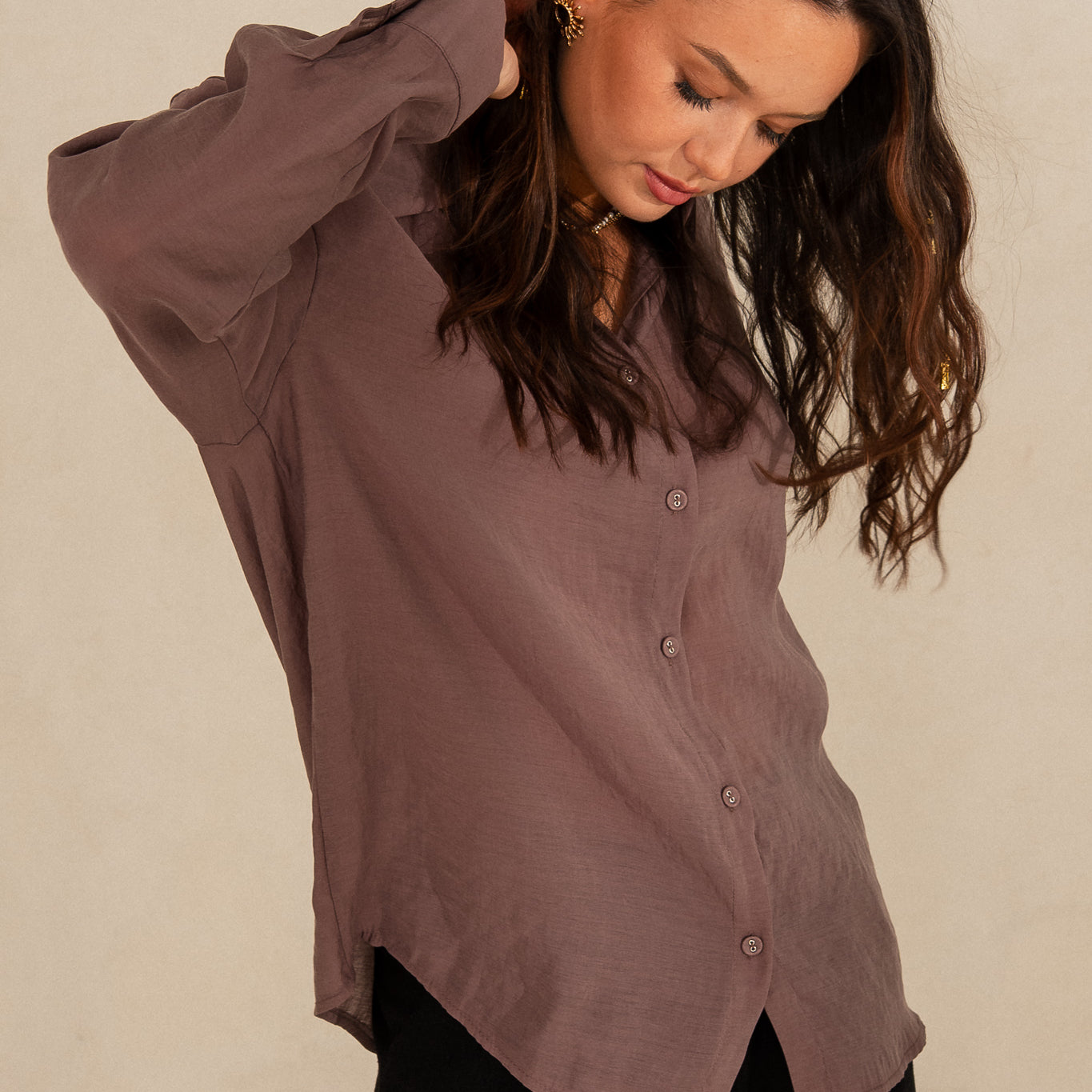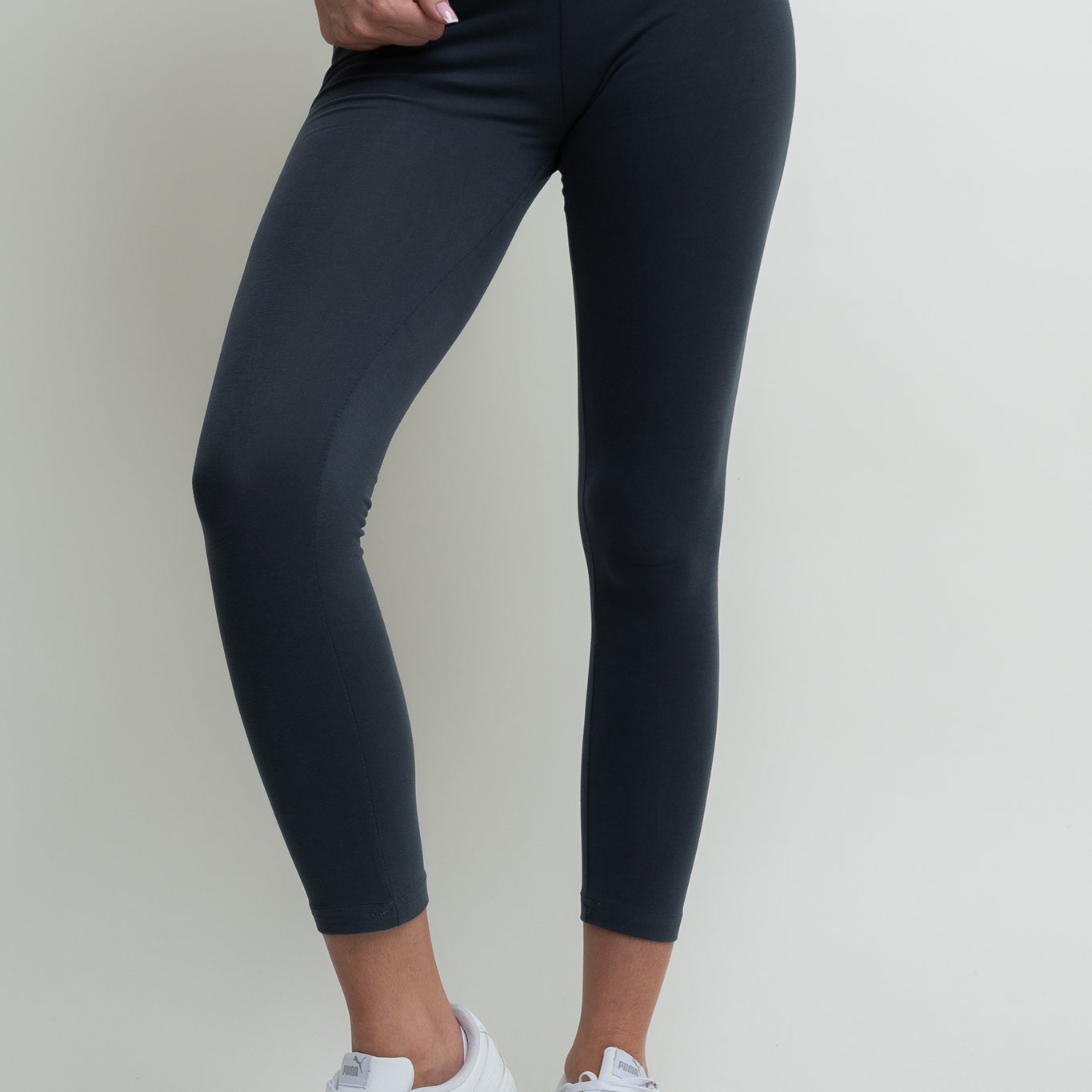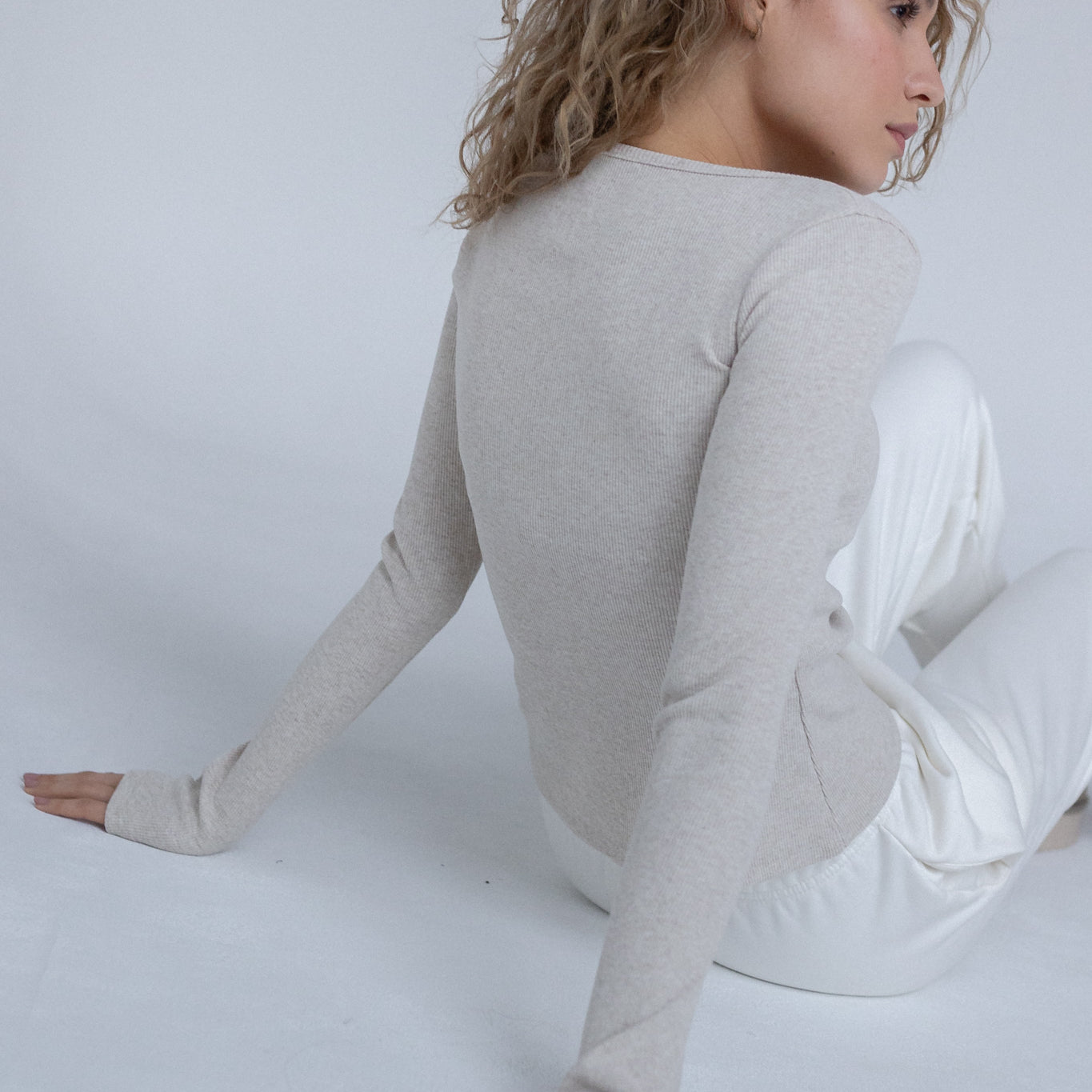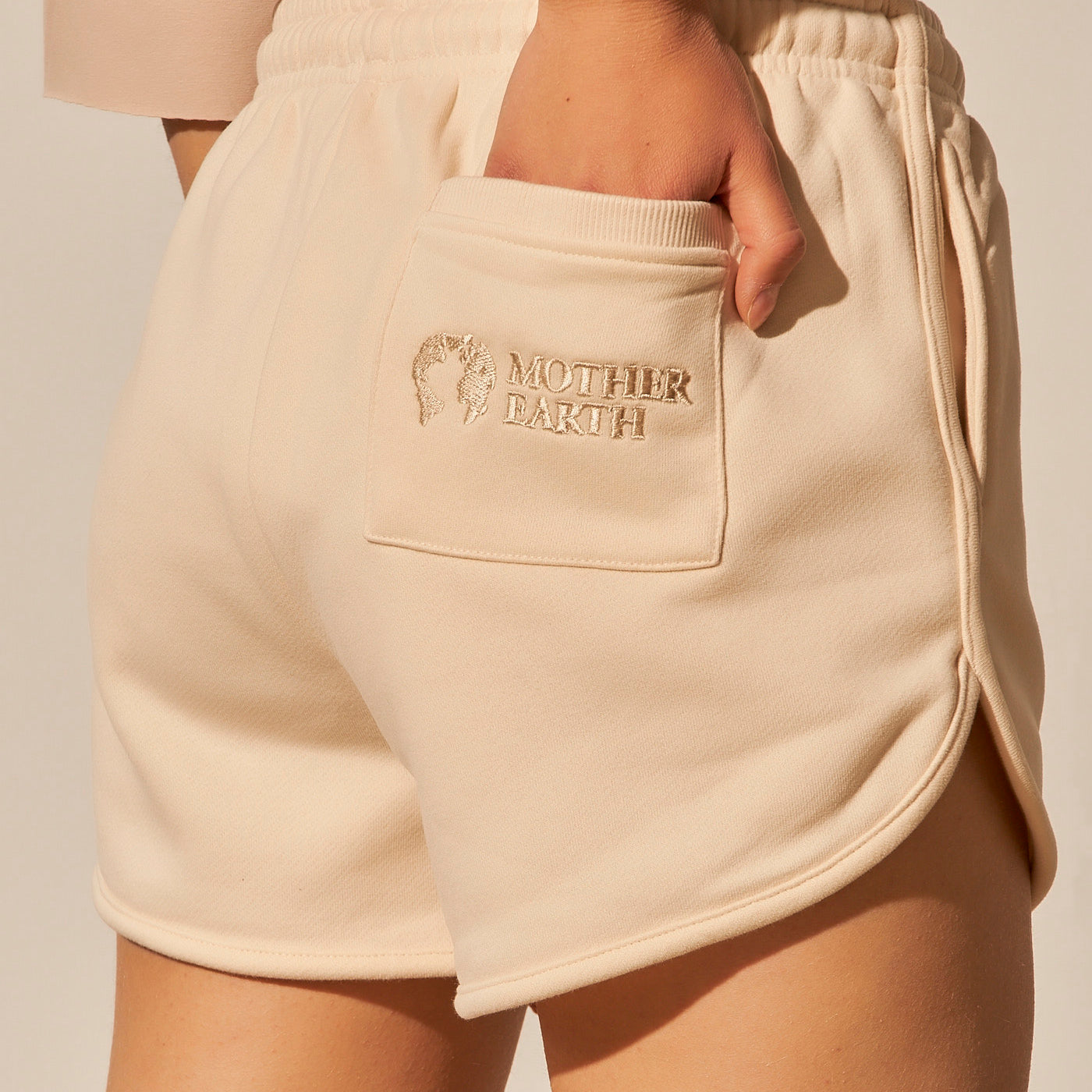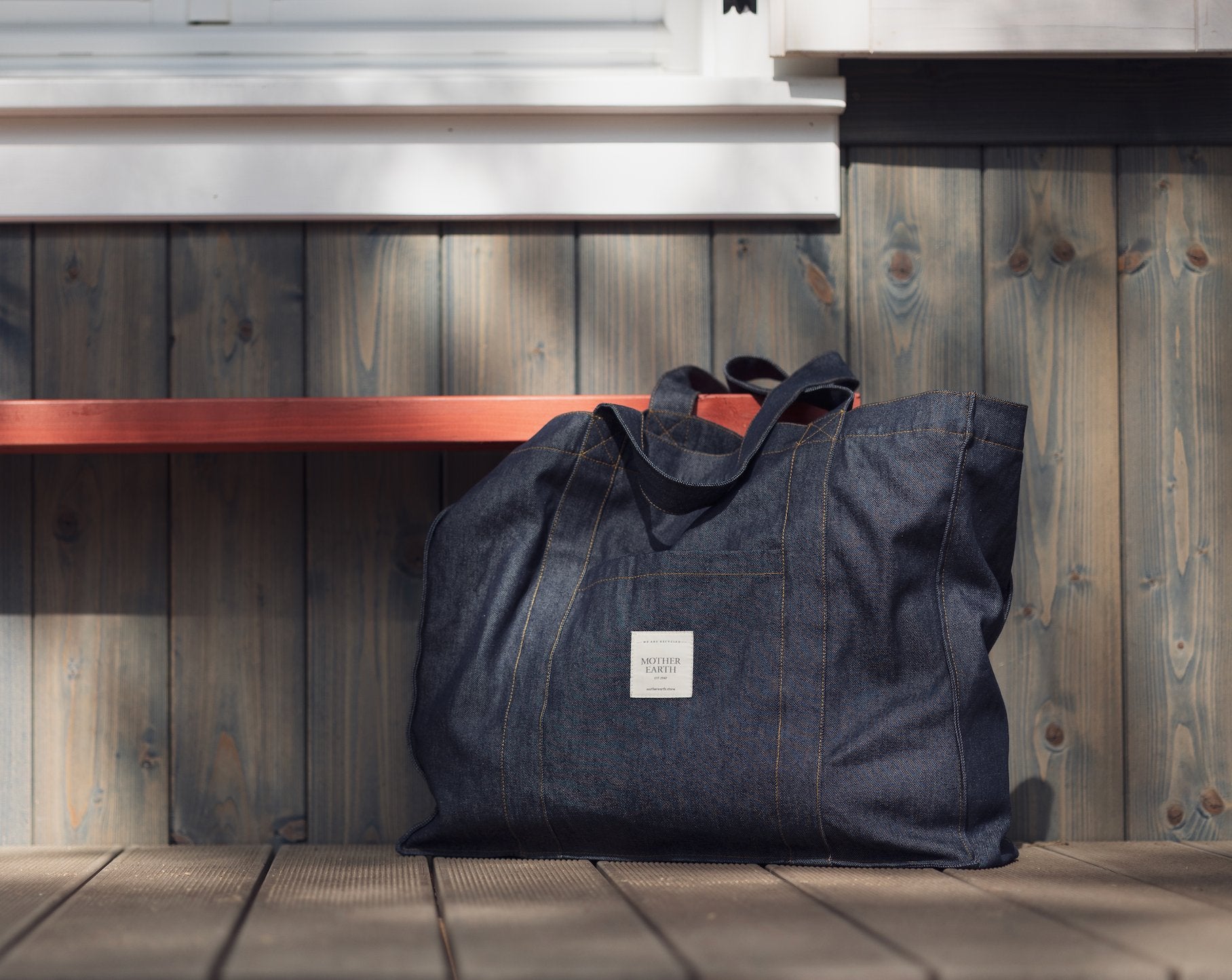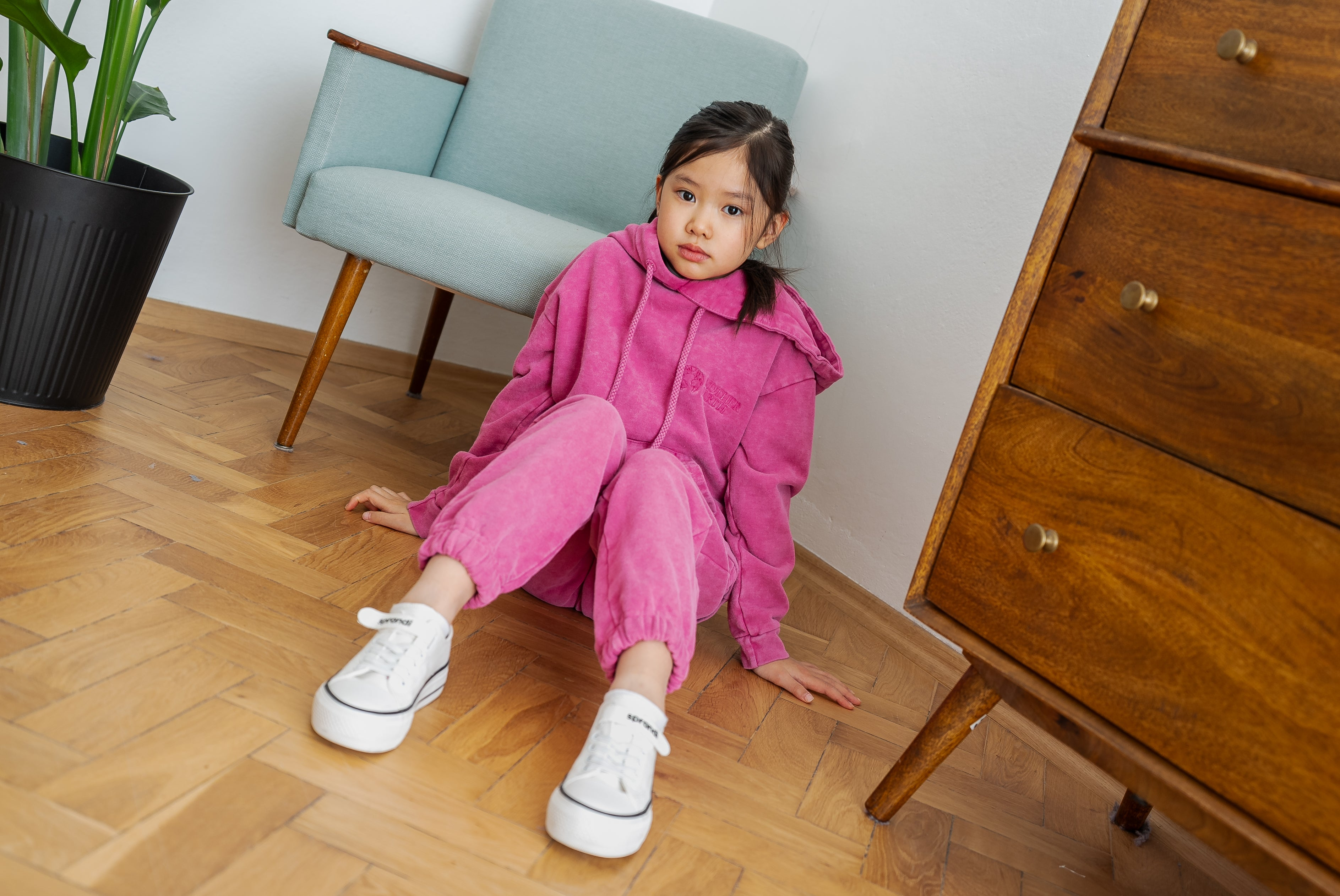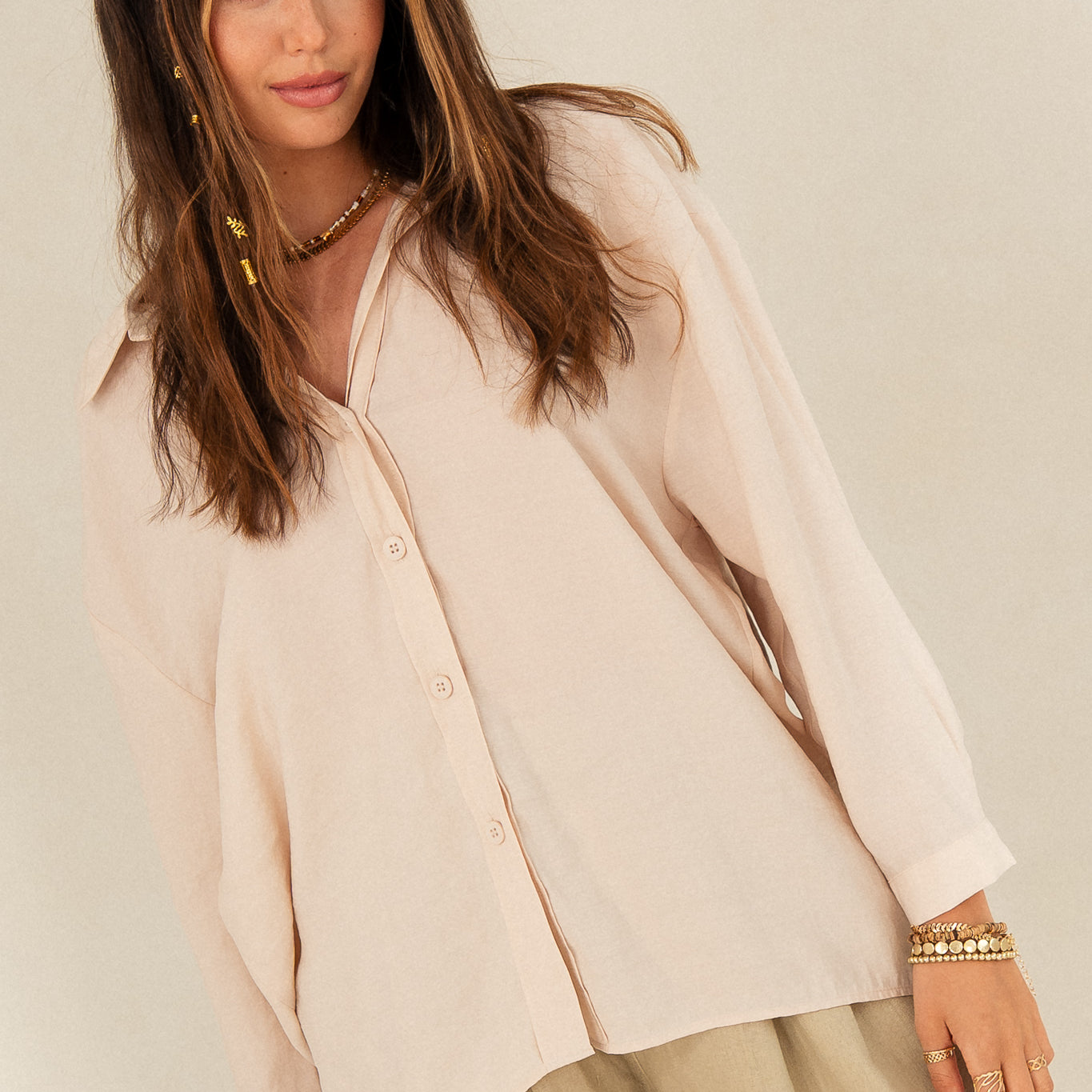The choice between slow fashion and fast fashion is becoming increasingly important in the context of sustainability and responsibility for our planet. Here's how these two approaches differ and what impact they have on the environment.
Fast Fashion
Fast fashion has dominated the market for the past few decades. Popular chain stores create collections that change every few weeks, allowing customers to purchase clothes in line with the latest trends. The problem, however, is the sheer volume of clothing produced, which is primarily made of cheap materials like polyester, which causes them to wear out quickly. As a result, clothes quickly end up in landfills, contributing to the creation of enormous amounts of textile waste.
Fast Fashion is also a huge burden on the environment as it requires intensive use of natural resources such as water and energy, while polluting the environment with toxic chemicals used in the production process.
Slow Fashion : A Sustainable, Responsible Choice
Slow Fashion is an alternative that emphasizes quality, sustainability, and responsibility. Instead of mass production, Slow Fashion is a more thoughtful process of designing, creating, and purchasing clothing. Brands that embrace this philosophy choose eco-friendly materials like organic cotton, linen, wool, and silk, which are less harmful to the environment. Unlike fast fashion, slow fashion doesn't allow for overproduction. Collections are limited, and clothes are designed to be timeless and durable. This allows garments to last longer, reducing waste and the amount of resources used in the production process.
The decision between fast fashion and slow fashion depends on your priorities. Fast fashion is fast, cheap, and readily available, but it comes with many negative environmental consequences. This means these clothes don't last long and can end up in landfills after a short time.
Slow Fashion, on the other hand, is a more conscious choice that helps reduce the negative impact on the environment. Although clothes are more expensive, their durability and quality make them worth investing in. Instead of buying cheap clothes that quickly break down, you choose ones that will last for years, and whose production process is more environmentally responsible.
Benefits of Choosing Slow Fashion
- Reduced consumption of natural resources : Slow Fashion promotes the responsible use of raw materials, which translates into reduced consumption of water, energy and other natural resources.
- Longer-lasting clothes : Slow Fashion clothes are designed to last longer, meaning they don't need to be replaced every season.
- Supporting ethical workers : Slow Fashion brands ensure fair working conditions and remuneration for their employees, which is important both socially and ecologically.
Summary: Which Style to Choose?
The ultimate choice between fast fashion and slow fashion is a matter of our values. If you want your purchases to be conscious, ethical, and less environmentally damaging, slow fashion is the better option. While it may be more expensive, it offers the satisfaction of choosing quality over quantity. Fast fashion, while easier to obtain, carries serious ecological consequences. Therefore, it's worth investing in clothing that will not only last for years but also contribute to protecting our planet.
By choosing Slow Fashion, you choose a smaller carbon footprint, greater sustainability and social justice, as well as more responsible fashion, the positive effects of which we have seen over the years.



